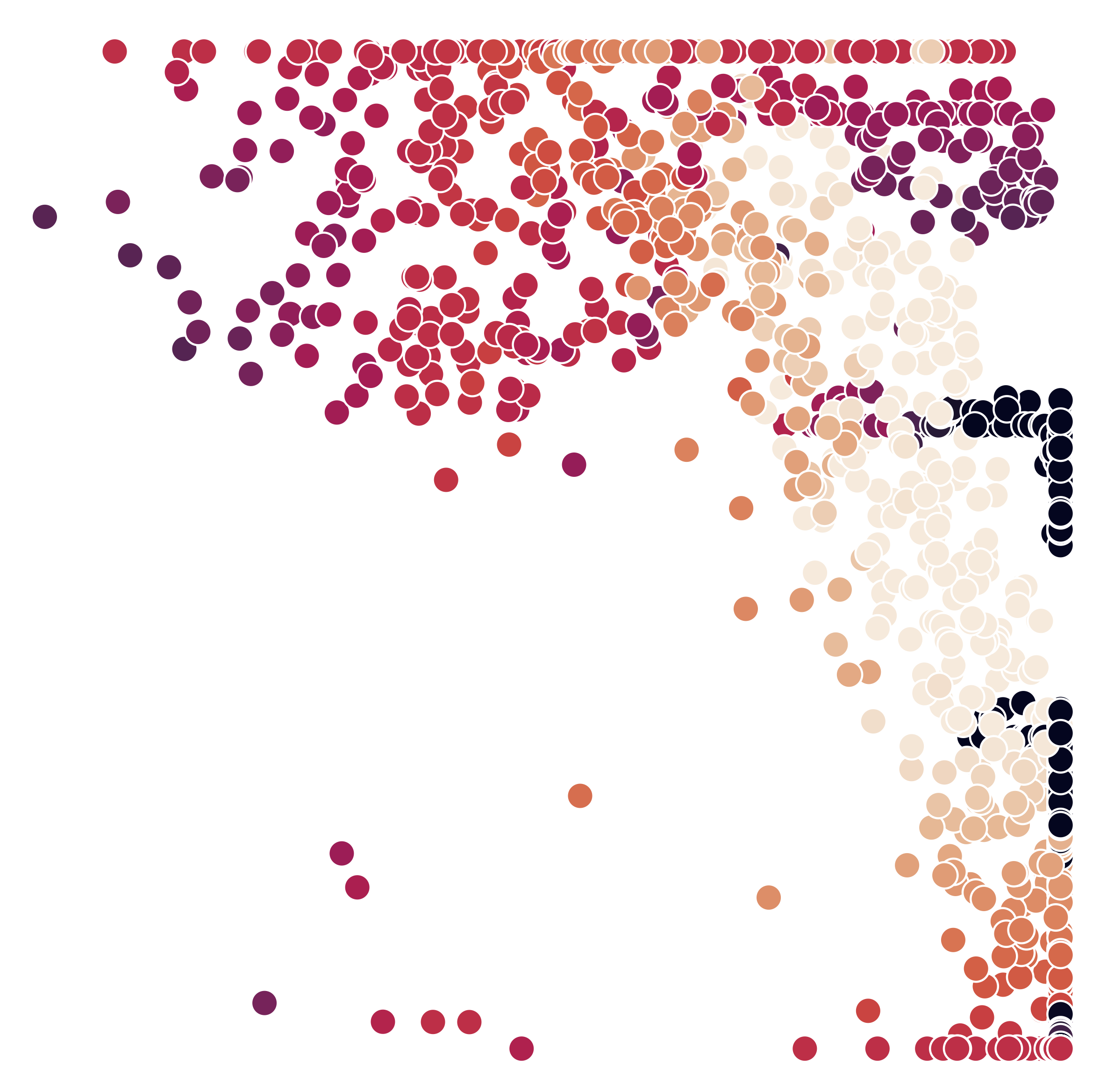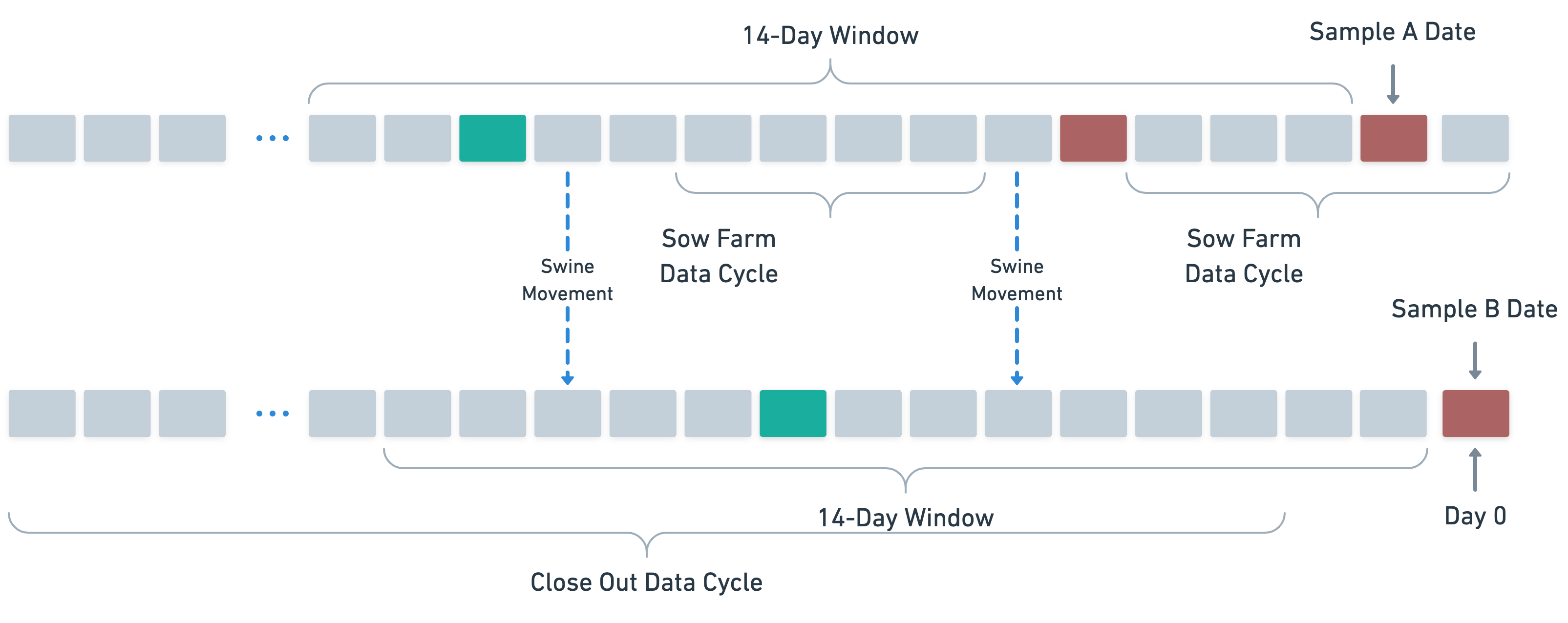Infection prediction in swine populations with machine learning
Avishai Halev, Beatriz Martínez-López, Maria Clavijo, and 6 more authors
Scientific Reports, Oct 2023
The pork industry is an essential part of the global food system, providing a significant source of protein for people around the world. A major factor restraining productivity and compromising animal wellbeing in the pork industry is disease outbreaks in pigs throughout the production process: widespread outbreaks can lead to losses as high as 10% of the U.S. pig population in extreme years. In this study, we present a machine learning model to predict the emergence of infection in swine production systems throughout the production process on a daily basis, a potential precursor to outbreaks whose detection is vital for disease prevention and mitigation. We determine features that provide the most value in predicting infection, which include nearby farm density, historical test rates, piglet inventory, feed consumption during the gestation period, and wind speed and direction. We utilize these features to produce a generalizable machine learning model, evaluate the model’s ability to predict outbreaks both seven and 30 days in advance, allowing for early warning of disease infection, and evaluate our model on two swine production systems and analyze the effects of data availability and data granularity in the context of our two swine systems with different volumes of data. Our results demonstrate good ability to predict infection in both systems with a balanced accuracy of 85.3% on any disease in the first system and balanced accuracies (average prediction accuracy on positive and negative samples) of 58.5%, 58.7%, 72.8% and 74.8% on porcine reproductive and respiratory syndrome, porcine epidemic diarrhea virus, influenza A virus, and Mycoplasma hyopneumoniae in the second system, respectively, using the six most important predictors in all cases. These models provide daily infection probabilities that can be used by veterinarians and other stakeholders as a benchmark to more timely support preventive and control strategies on farms.


